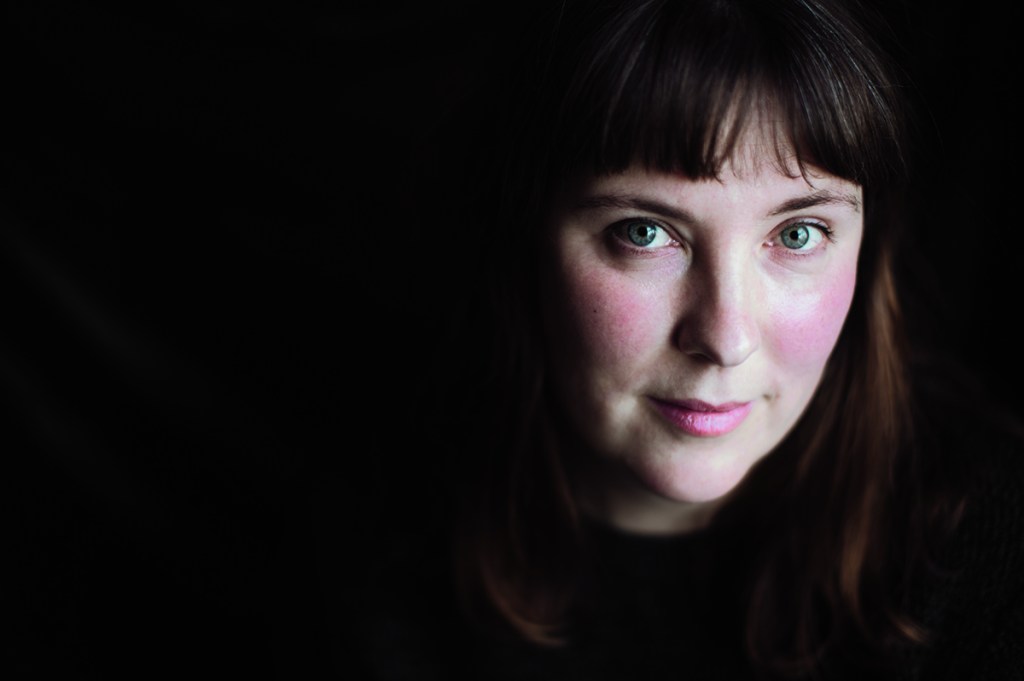‘It’s a woman’s thing, creation,’ says Sarah, a girl accused of witchcraft in 18th-century Scotland, in one of the three storylines in Evie Wyld’s powerful new novel. Sarah is pregnant, having been raped and nearly killed. She is looking at a piece of sacking sewn by a sister and mother and continues: ‘You can see how they felt in each stitch, you can hear the words they spoke to each other and into the cloth.’ The Bass Rock is in many ways an amplification of these words spoken into the cloth, a feminine counterforce to the masculine violence that pulses viscerally throughout.
Stitched around Sarah’s story are Viv’s contemporary thread, and Ruth’s in the 1950s; all three take place in Scotland, in the shadow of the looming Bass Rock of the title. We first encounter Viv doing a late-night grocery shop on her way to clean out her great-aunt’s and grandmother’s house when a stranger, Maggie, offers her a chocolate ice cream bar, then warns her about a man hiding behind her car. Maggie’s insistent pretense of friendship succeeds in frightening the man off. When Viv wonders if they should tell someone, Maggie responds: ‘Tell them what? There’s a man being creepy? There are men being creepy all over the place, hen. Believe me.’ As the novel continues, we encounter many more.
In Ruth’s storyline, she eventually confronts her seemingly respectable husband about an affair, only for him to hit her, tell her she’s ‘talking like a madwoman’ and threaten to put her in an asylum, then rape her. She must also contend with the more overtly creepy Revd Jon Brown, who’s in on the child abuse going on at local schools and oversees an annual winter picnic, where a sinister version of hide-and-seek echoes — perhaps honors — the brutal fate suffered hundreds of years ago by Sarah’s mother.
The book is not, however, only about the inherited and ongoing trauma of male violence against women. Ruth and Viv (who enjoy substantially larger portions of the book than Sarah) have fully realized emotional lives; we see them, for instance, struggling to cope with bereavement, form new friendships and work. What is so uncomfortable about this novel is its challenge to society’s long-held expectation of women to navigate life’s many complexities while constantly sidestepping a pervasive, terrifying masculine threat. It’s powerfully done, and no wonder Wyld’s rage erupts from the page as she bears witness to the women who fail to survive, simultaneously searching for ways that others might.
This article is in The Spectator’s September 2020 US edition.

























